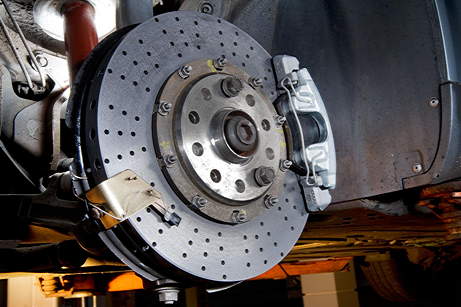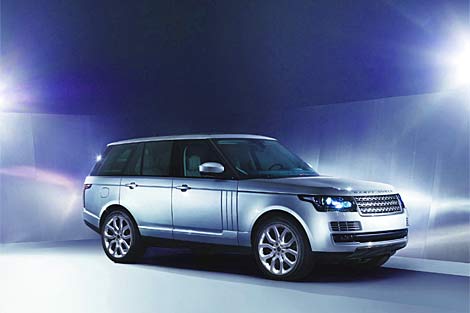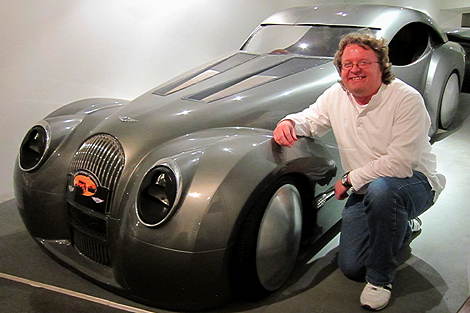
A disc brake uses a flat disc of steel, or sometimes of a carbon ceramic material, to provide the friction surface.
The disc is acted on by a caliper which pushes brake pads onto the disc surface from either side.
Disc brakes are easier to cool than drum brakes, so they are less susceptible to heat-induced brake fade. Discs are also easier to maintain. However, disc brakes cannot provide the same degree of self-servo effect that leading-shoe drum brakes can.
The advantages of disc brakes were first demonstrated conclusively in the Mille Miglia and Le Mans sports car races in 1953 by Jaguar's C-types. Road car applications followed in the mid-1950s.
Because of the advantages of disc brakes, almost all cars today use discs at least on the front wheels, and on performance cars rear disc brakes are common.



